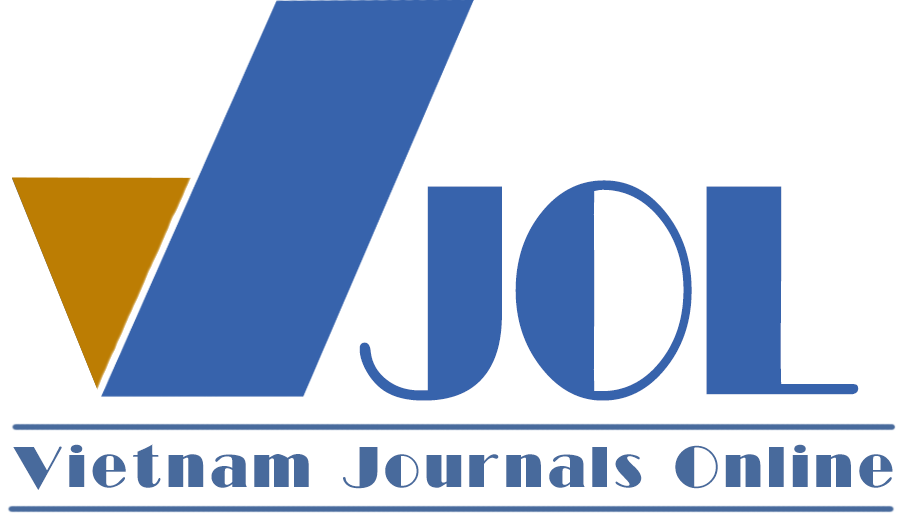Cơ chế hợp tác quốc tế trong phát triển bền vững nguồn nước sông Mekong theo quy định của Hiệp định hợp tác phát triển bền vững lưu vực sông Mekong
DOI:
https://doi.org/10.70236/tckhplvn.182Từ khóa:
trao đổi và chia sẻ thông tin, tham vấn trước, thông báo, sông MekongTóm tắt
Nhận thức được tầm quan trọng của việc sử dụng và phát triển bền vững nguồn nước sông Mekong, một cơ chế hợp tác khu vực đã được hình thành trên cơ sở Hiệp định Hợp tác phát triển bền vững lưu vực sông Mekong. Bài viết sẽ phân tích những vấn đề pháp lý về cơ chế hợp tác quốc tế theo Hiệp định Hợp tác phát triển bền vững lưu vực sông Mekong, và đưa ra những đánh giá cùng một số đề xuất để tăng cường hiệu quả của cơ chế này.
Tải xuống
Tài liệu tham khảo
[1] Jung Min Ahn và Siwan Lyu, “Selection of Priority Tributaries for Point and Non-Point Source Pollution Management”, KSCE J. Civ. Eng., Vol. 24, 2020
[2] Abiy Chelkeba, “Notification and Consultation of Projects in Transboundary Water Resources: Confidence Building rather than Legal Obligation in the Context of GERD”, Mizan Law Review, Vol. 11(1), 2017
[3] Hà Thanh Hòa, Pháp luật quốc tế về bảo vệ nguồn nước quốc tế và thực tiễn thực hiện của Việt Nam, Luận án tiến sĩ luật học, Trường Đại học Luật Hà Nội, 2021 [trans: Ha Thanh Hoa, International Law on the Protection of International Water Resources and Vietnam's Implementation Practice, Doctoral Dissertation in Law, Hanoi Law University, 2021]
[4] International Law Commission, Draft articles on the law of the non-navigational uses of international watercourses and commentaries thereto and resolution on transboundary confined groundwater, Yearbook of the International Law Commission, Vol. II, Part Two, 1994
[5] Yejin Kim, B. Gál, Jaebum Park, Sang-Hun Kim, Taehyo Im, “Classification of Nakdong River Tributaries under Priority Management base on their Characteristics and Water Quality Index”, Journal of Korean Society of Environmental Engineers, Vol. 40, 2018
[6] Stephen McCaffrey, “Third Report on the Law of the Non-Navigation Uses of International Watercourses”, YB Intl L Comm’n, Vol. 16(2), 1987, p. 61, in Alistair Rieu- Clarke, 2014
[7] MRC Secretariat, Prior Consultation Project Review Report – Stakeholder Consultations Related to the Proposed Xayaburi Dam Project, Thailand Ministry of Natural Resources and Environment, Reply to Prior Consultation, 2011
[8] Alistair Rieu-Clarke, “Notification and Consultation Procedures under the Mekong Agreement: Insights from the Xayaburi Controversy”, Asian Journal of International Law ,Vol. 5(01), 2015
[9] Alistair Rieu-Clarke, Notification and Consultation on Planned Measures Concerning International Watercourse: Learning Lessons from the Pulp Mills and Kishenganga Cases, 2014, Oxford University Press
[10] Mohammed Sameh, Diversion of International Watercourses under International Law, African Yearbook of International Laws, 109-179, African Foundation for International Law, 2003






